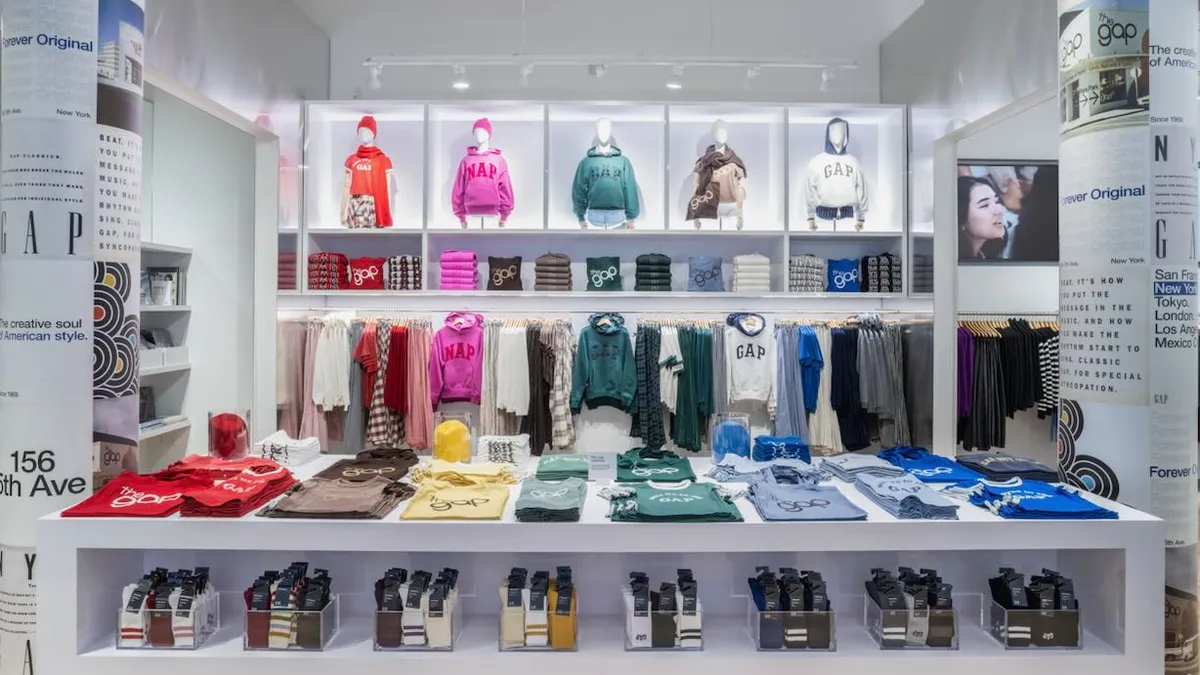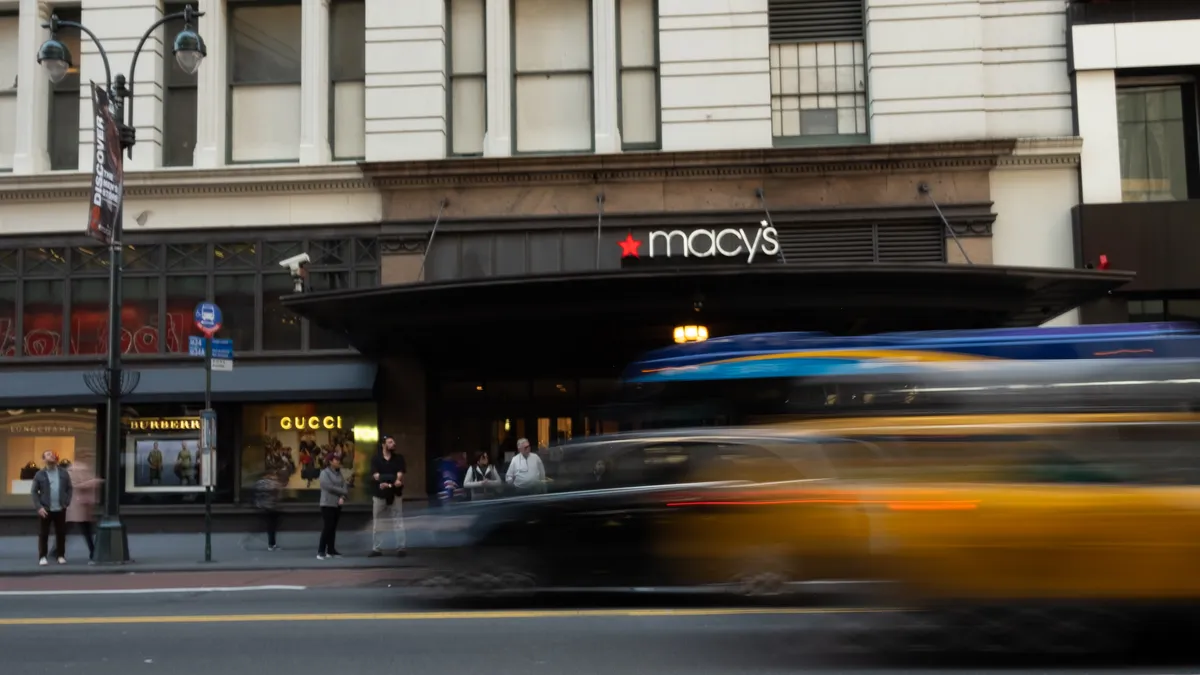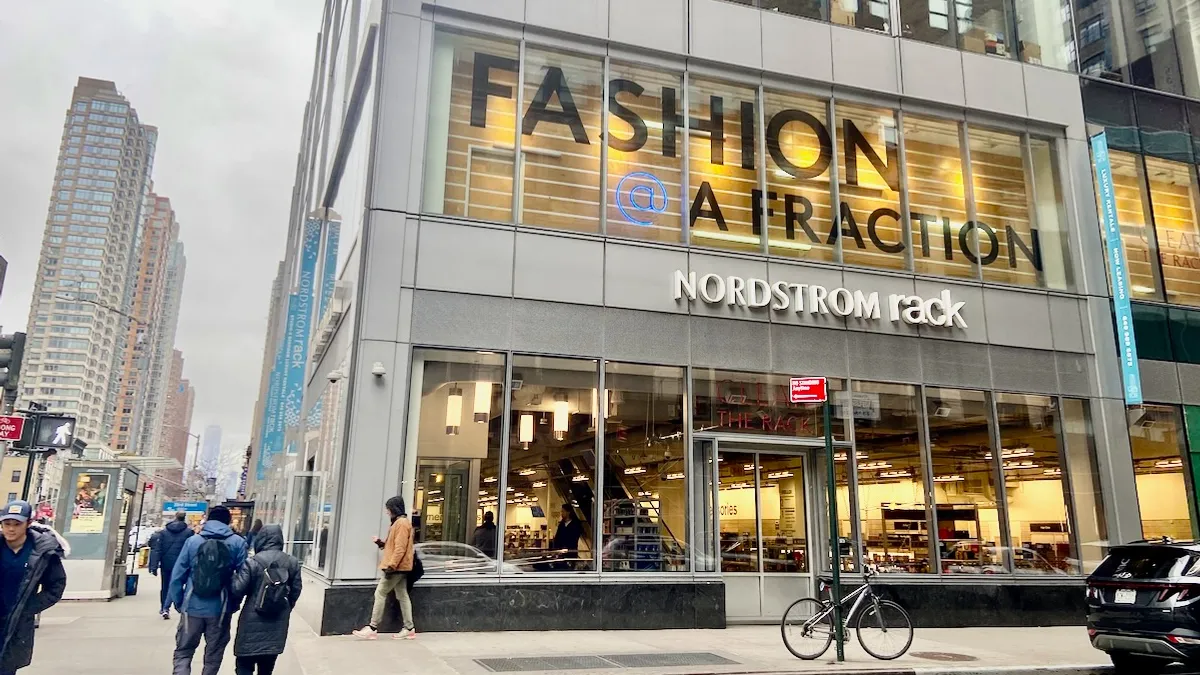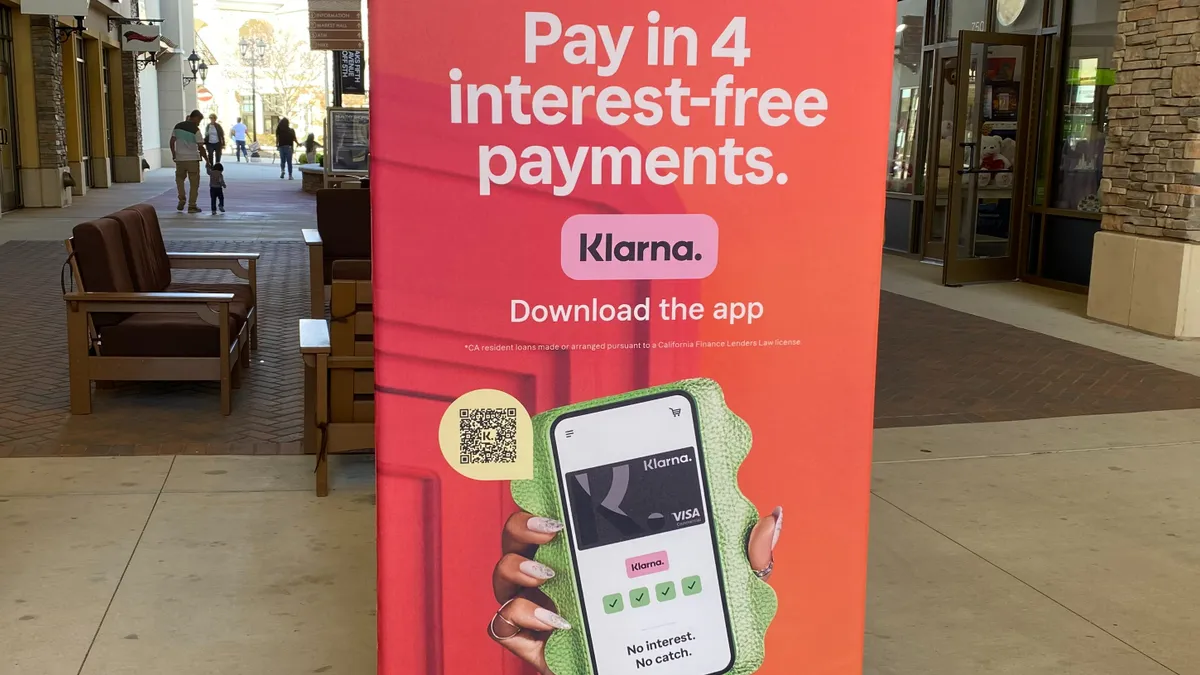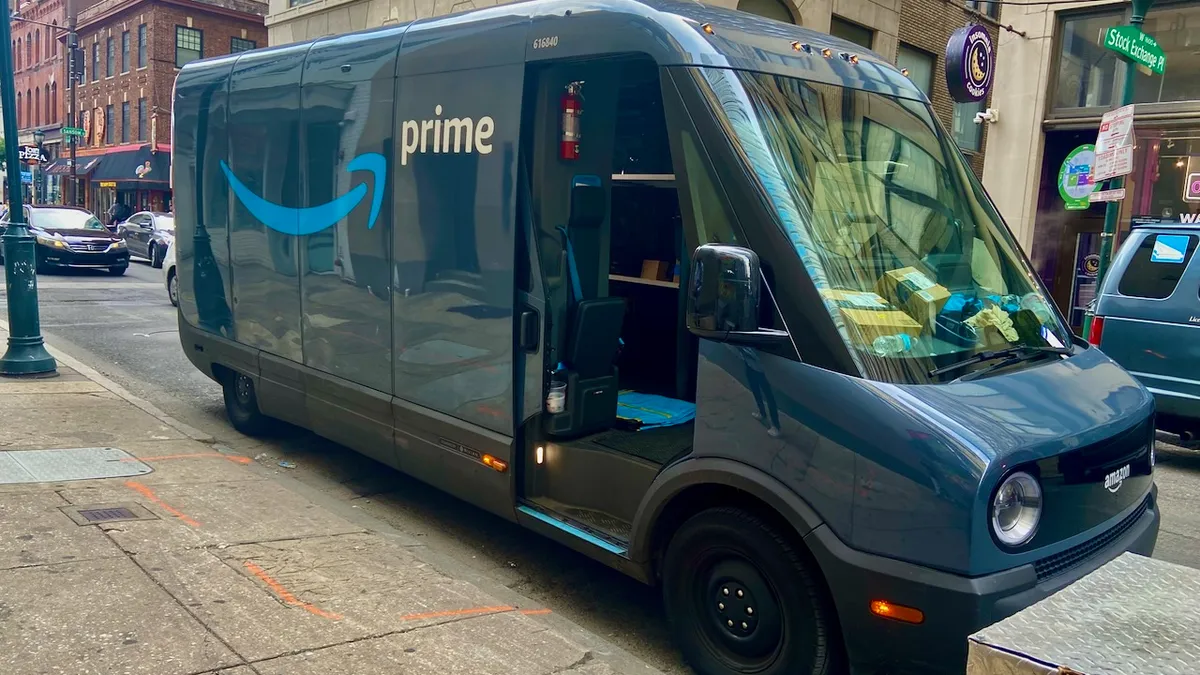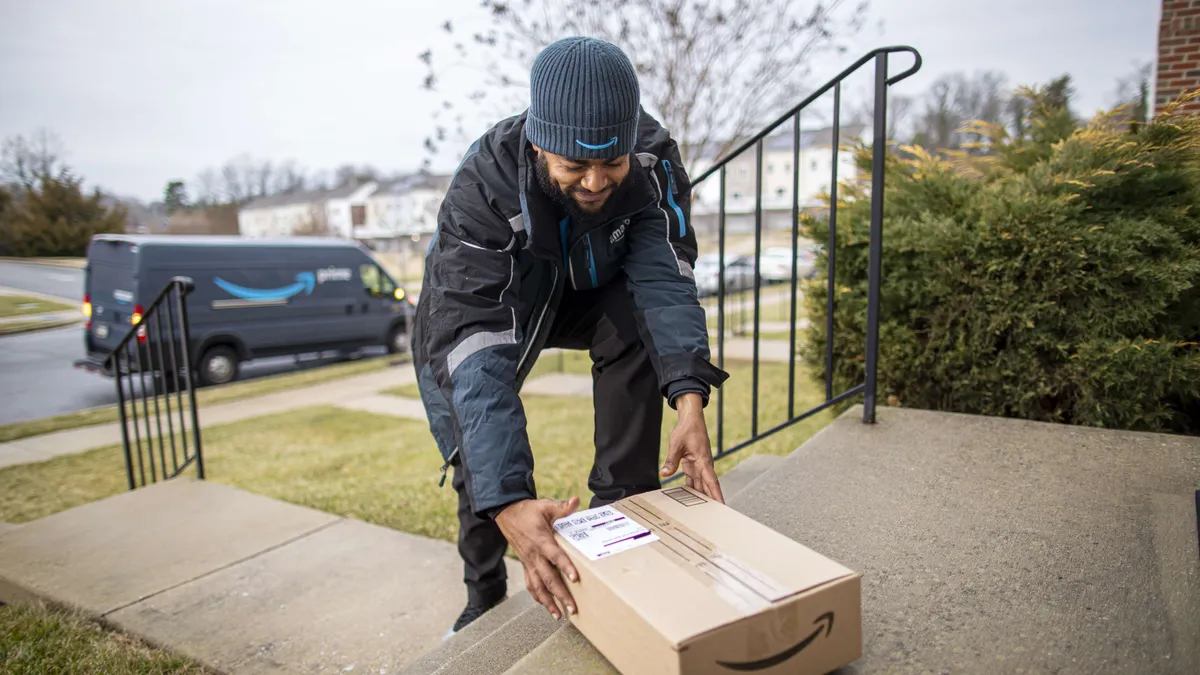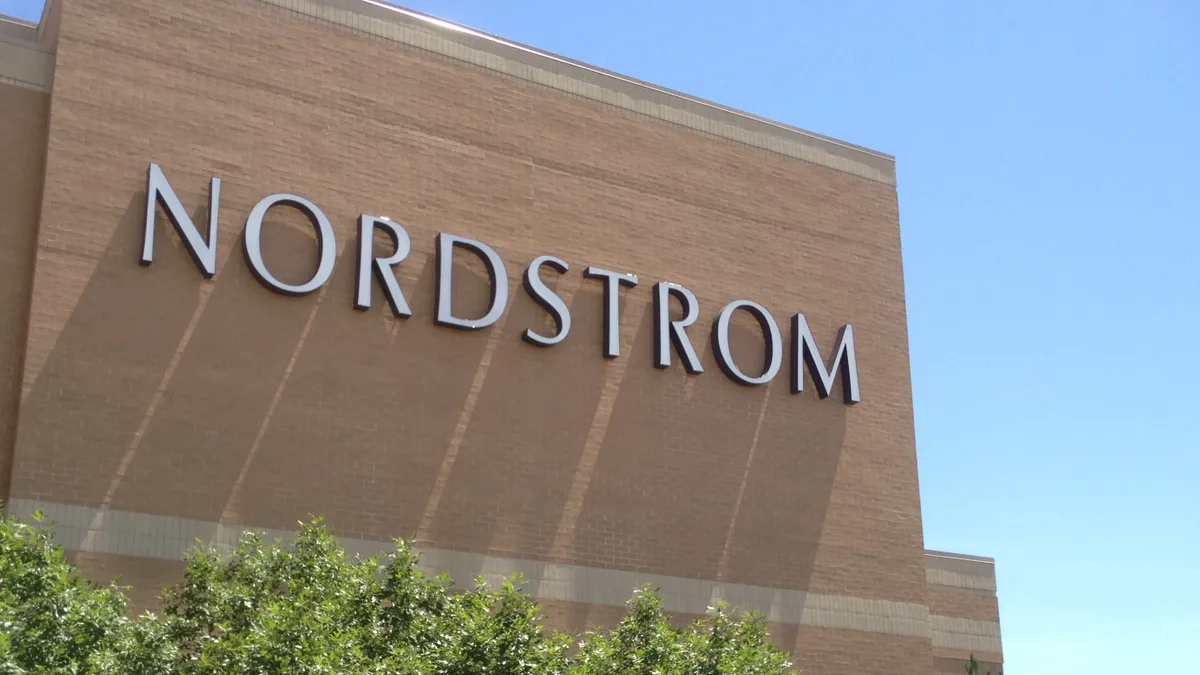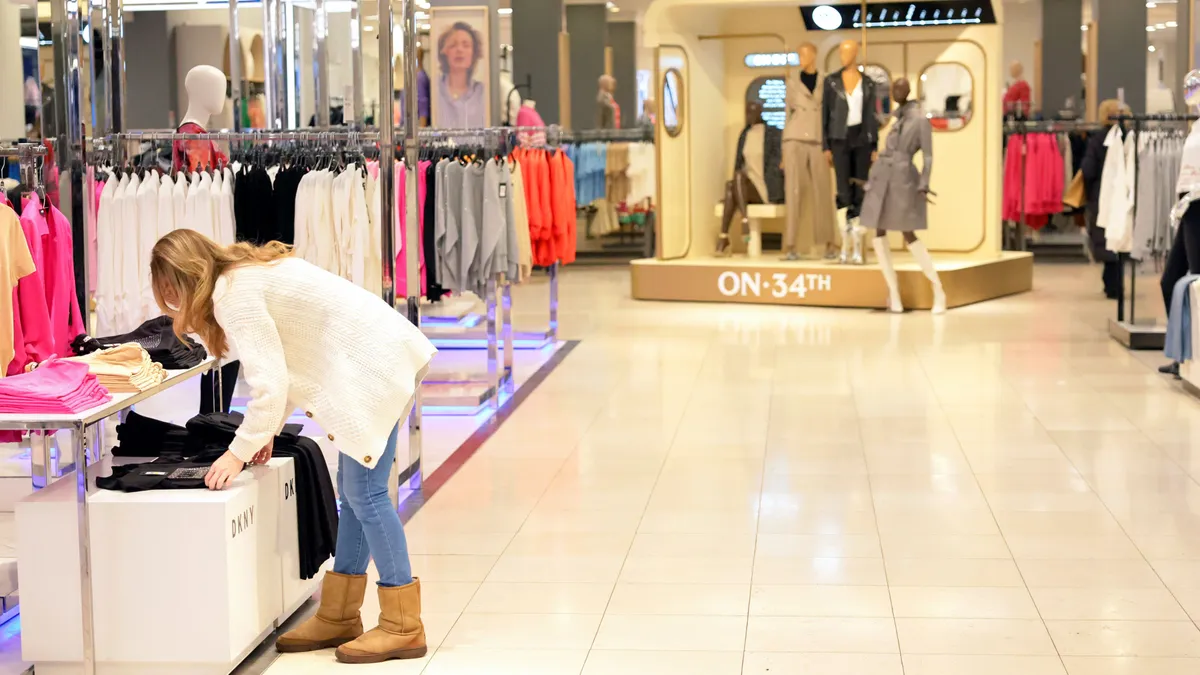The weather is finally cooling down, the leaves are beginning to change and the holiday season is fast approaching. That means it's crunch time for retailers rethinking last minute plans to steal the spotlight.
There's much to be gleaned from last year's healthy season, in which sales rose 4.9% over last year — the biggest increase since 2011. Lucky for retailers, this season is slated to be even more profitable, thanks to towering consumer confidence, low unemployment and wage growth. This year, Coresight Research predicts holiday sales will rise 4% year-over-year.
"All signs are pointing even more up. The economy is strong, consumer confidence is as high as ever," Ryan Fisher, a partner in AT Kearney's consumer industries and retail practice, told Retail Dive in an interview. Retailers are projecting up their fourth-quarter expectations — and now they have to deliver, Fisher said.
Here's what retailers should keep in mind this year:
1. It's a promotional marathon not a sprint
Over the last several years, the holidays have managed to creep earlier and earlier. As Black Friday morphs into a week-long (if not longer) event, retailers have had to rethink their promotional strategy so that it doesn't hinge on one blockbuster day. Spreading out promotions is tricky, but it's worth keeping in mind when consumers shop and what for at different points in the season.
Last year, for instance, shoppers tended to buy for themselves (at a discount) early in the season, and saved gift buying for later on, Marshal Cohen, a retail industry analyst at NPD group, told Bloomberg after last holiday season in a video interview. He added that one of the biggest things he looks for as an analyst during the holidays is whether shelves are consistently stocked.
"Carrying the cost of inventory is high," Fisher said, so retailers need to find the sweet spot between over buying and ending up in a position where they sell out too quickly. Because as consumer behavior adapts to the speediness of same-day and next-day delivery, shopping procrastination is only anticipated to get worse.
2. E-commerce will be bigger than you think
Last year, digital sales grew by double digits throughout the month of November, according to data collected by Adobe Analytics. On Black Friday, shoppers spent 16.9% more, an aggregate of $5.03 billion, than during the holiday season of 2016. Mobile was also a particular highlight. By Adobe's measure, mobile drove 54% of visits and 37% of digital revenue over Black Friday weekend.
Some industry onlookers say mobile hit its "inflection point" and is now surpassing desktop. But Fisher said it's not really about desktop versus tablet versus mobile anymore.
One of the biggest mishaps Fisher can recall from the 2017 holiday season boils down to an issue of capacity. "It was a big step change in online growth and many retail sectors didn't prepare well enough," he said. That means many customers didn't get their digitally-purchased goods when retailers said they would. A driver shortage made that problem even worse.
This year could be the biggest season yet for e-commerce, according to Coresight Research's holiday preview report released in September. Online retail sales will rise by almost 16% year over year, according to the think tank. "E-commerce's share of retail sales routinely jumps over the holiday period as consumers turn to the online channel for functional 'shopping-list' gift purchases," according to the report.
3. There's no such thing as delivery that's too fast
In short, retailers learned last year that delivery should be as quick as possible — down to the hour.
Last year, Amazon pushed competitors even further with a move to expand same-day delivery for holiday procrastinators. Prime same-day and next-day delivery opened up to more than 8,000 U.S. cities, allowing for the delivery of holiday orders as late as 11:59 p.m. on Christmas Eve.
While other retailers weren't quite as fast or cheap, they need to learn to be. Over 80% of online shoppers last year said that free shipping is a primary motivator for shopping online more frequently, according to a report from public relations firm Walker Sands.
A critical piece of this puzzle is keeping delivery promises. That means packages need to arrive when retailers say they will. This is especially important during a time when many shoppers are ordering gifts that need to arrive in time for certain events or gatherings. Complications with shippers can throw a wrench in the process. Last year, UPS and FedEx struggled through a surge in e-commerce orders, which slowed down delivery times.
4. Stores should be fun, or at least efficient
For all the attention swarming around digital buying and Amazon, it's important to keep in mind that most sales — roughly 90% — still occur in stores. That's good news for anyone not named Amazon.
While last season was a strong one, retailers ultimately did not fix "structural challenges" facing embattled traditional retailers, John Mercer, a senior analyst at Coresight Research, said in an email. "Those challenges include the shift online, the expansion of discount channels and the emergence of challenger brands. Even if retailers can retain sales as they move online, with the purchase moves from the retailer’s physical store to its website, this deleverages fixed store costs, eroding store-level profitability."
Last year, Walmart tried something new: 20,000 in-store holiday 'parties.' The events, designed to boost in-store traffic, featured product demos and "holiday helpers" aided shoppers in finding gifts and checking out. It's unclear to what extent these parties influenced foot traffic, but it's likely that more retailers this year will experiment with interactive promotions and activities.
5. Stand out from the noise
Every year, shoppers are bombarded by retailer holiday marketing emails, digital promotions and in-store exclusives. There are more options than ever before when it comes to shopping, either in-store or online. So retailers need to think about what will make them stand out in a way where Amazon can't compete.
For the likes of REI, that means touting its annual #OptOutside campaign on Black Friday, which urges customers to get outside and enjoy nature instead of partaking in the shopping bonanza. This year, over 60 major retailers have confirmed they will close their doors on Thanksgiving Day — a day that mass merchants like Target, Walmart and Amazon can't afford to cede.
Smaller and specialty retailers, however, have an opportunity to connect with shoppers' needs on a deeper level, personalizing shopper experiences as well as items purchased as gifts. For online retailers, testing out physical holiday pop-ups is another way to test how customers are engaging with the brand at an especially busy time of year. Furniture brand Wayfair and CPG disruptor Brandless have both announced in recent weeks plans to roll out pop-up locations this fall.
Whether it's a new store concept, store associates with holiday expertise or personalized recommendations, retailers this year should plan to do something that sets them a cut above the rest in the eyes of consumers.







